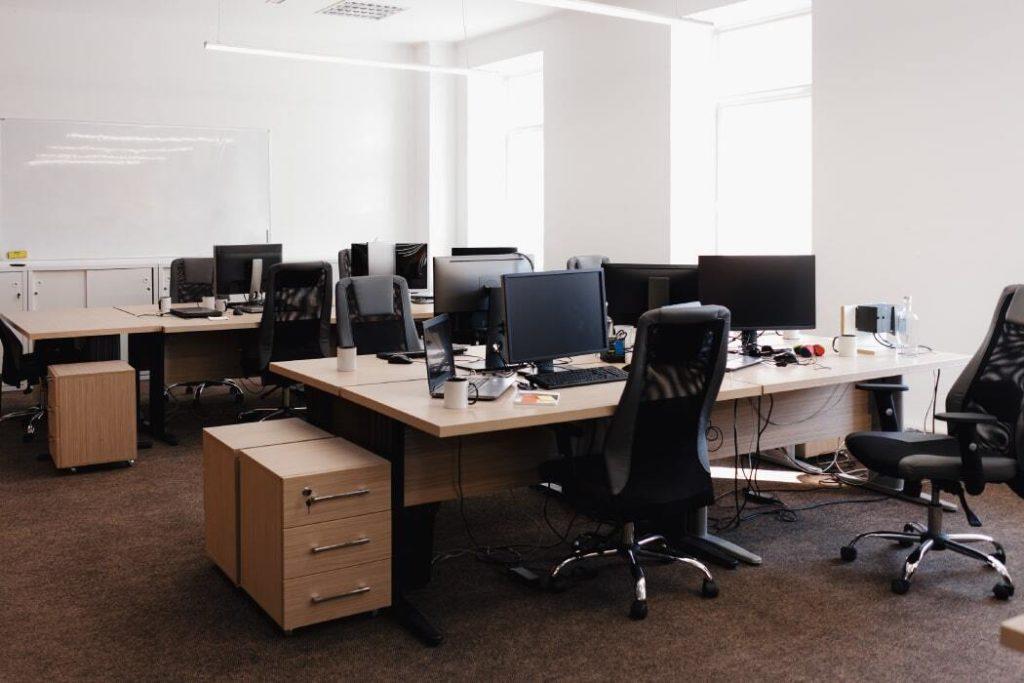Working from home is now the new 24/7. Companies that have switched to this work-life now need to deal with the norms that come with it. Employees and future candidates need to prepare for a new era in work.
But how good is this change? What are the factors that contribute to the work lifestyle which is now a norm of 2021? Seemingly this immediate change in work culture was brought about due to the sudden and global impact of the COVID-19 pandemic. Yet the drastic changes one must accommodate to is immense.
Here we talk about the shift in the ever so new Work From Home
The work-life balance is now the work-life energy

It would be cliché to say, gone are the days of hustling in an office – now hustle at home. Yet this is the reality of 2021. A time we must come to terms with as it’s rapidly a norm we must get accustomed to. Work from home has seen a decline in the work-life balance as work is now ever so seemingly closer to home than most would wish to deny.
Humans try to balance personal life and work as two separate aspects; hence one would feel the sensation of being burned out or trying to refuel when either of the two drains your battery. More often than not, work is often correlated with a basic 9-5, a steady source of income. Whereas personal life is sought to be fuelled and filled with passion and energy.
Times have come to administer changes in this mindset, with work now a work-from-home culture –integrated as personal as life is. Energy, passion, and the drive to complete your personal goals are reciprocated in equal measure when it comes to working from home.
No boundaries on recruitment, wider outreach, and no limitations in hiring top candidates

Waving goodbye to offices opens a door for recruiters to recruit candidates without the limitation to hire based on where they reside. Companies can now seek to hire trained, talented, and competitive individuals that wouldn’t have made it prior to a stable work from home lifestyle.
Offices in a major city may seek out candidates in suburban localities or developing areas can acquire the services of top professionals to get the job done remotely.
The new avenue allows individuals in turn to work at a steadfast pace to not just work remotely, but to skill-up at the comfort of their homes whilst they work.
Commute expenses axed – leading to lesser carbon emissions and footprints

A normal day in the life of an employee in Mumbaikar, sees the day beginning with a couple of bus rides to the station, a train to the work centre, and possibly another journey by a cab or taxi. Done twice a day, this employee stamps a contribution in increasing carbon footprints, but also spending a good amount of hard-earned income to travel to the same workplace that pays (ironic, isn’t it?).
Yet the same is significantly axed when working from home. No travel expenses paid, allows the employee to receive full benefits of the income received, whilst reducing carbon emissions given out while commuting. The example provided is of one person traveling via public transport. People travel to work with cars and motorcycles as well! Petrol prices on the rise means a lot of cash needs to be set aside to travel. Let’s also bear in mind Mumbai houses 1.25 crore people since 2011, and that number continues to rise.
Flexibility in work timings and tasks

Work from home is a boon to some and a bane to others. This is no different to work timings that work from home allows employees the luxury to begin work at any time of the day, provided they meet targets, meeting schedules, and complete the hours they need to as part of their stipulation.
This allows employees and employers to focus on matters they could not be due to the time spent in travel and other miscellaneous activities. However, the flexibility in timing tends to be an issue when it comes to working at a dedicated pace. Situations arise when work seems discontenting to carry out and lethargy creeps in.
Changes in cost to the company, expenses, and equipment

Although the narrative points towards a reduction in expenses for office and employee work conditions, it seems to paint a different picture. Rather than cost cuts, employers now rewire their entire spending to ensure employees can work from home, as not many would be accustomed to do so. This may point out to the fact that employees may not possess office-level equipment and facilities to simulate the same work output as they would at the office.
This is not limited to Computers and Laptops, but also network connections, bits and bobs pertaining to projects, and a whole lot more.
Differences in communication – office vs home

Humans are social creatures – a saying heard plenty of times before. This is no stranger to the social life an employee experiences at work. Working from home eliminates that and allows video call confrontation. An experience that doesn’t sit well all the time.
While this is a great alternative to meeting people physically and putting oneself at risk of contracting the corona virus, it can cause a bit of a getting-used-to feel.
Video conferencing certainly checks all the necessities for a safe and secure communication, it can also be a risky factor for new employees under training. It is observed that physical communication provides a faster learning experience with its hands-on approach. The video calls tend to be precise, and lesser room to learn more than normally one would.
Lesser exposure to people and risks involved working from home

With the work from home culture proving to be a continuous asset in lowering the spread of COVID-19, it does have certain consequences.
Health is a concern even at the comfort of your home, with a lot of employees glaring at their machines at continuous rates, staying stagnant in one corner. Tasks and projects may take up more time than usual under the pretence of being able to complete more given the employee is working at home. Some people haven’t seen the light of day!
Back strains caused by inappropriate seating is another cause for concern as people spend hours at a go on their computers. Moving about and taking adequate number of breaks can significantly reduce this issue amongst many of those working from home



